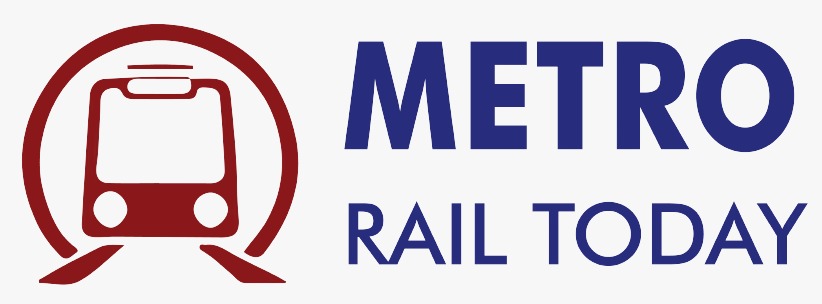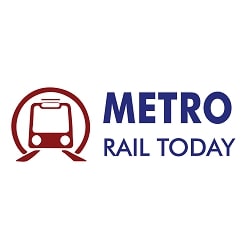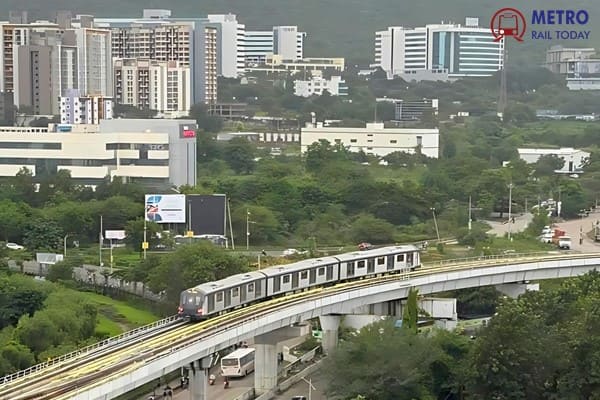 Chandigarh Metro cost jumps to ₹25,000 crore amid project execution delays
Chandigarh Metro cost jumps to ₹25,000 crore amid project execution delays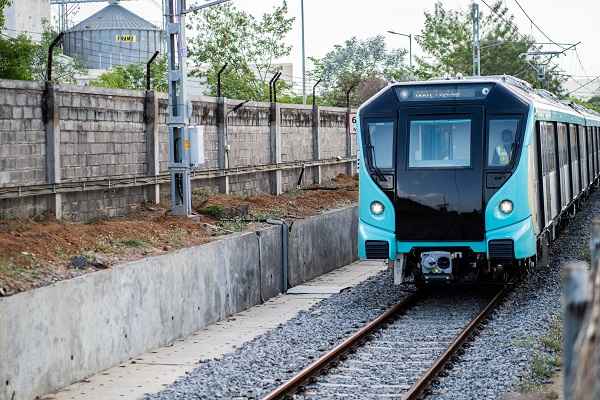 MMRC set to launch final stretch of Mumbai Metro Line 3 (Aqua Line) on September 30
MMRC set to launch final stretch of Mumbai Metro Line 3 (Aqua Line) on September 30 CMRS conducts safety inspection of priority section of Patna Metro Rail Project
CMRS conducts safety inspection of priority section of Patna Metro Rail Project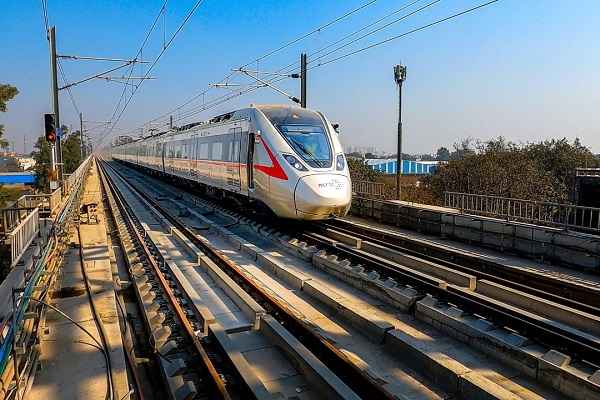 NCRTC completes geotechnical survey for ₹15,000 Cr Gurugram–Greater Noida RRTS Corridor
NCRTC completes geotechnical survey for ₹15,000 Cr Gurugram–Greater Noida RRTS Corridor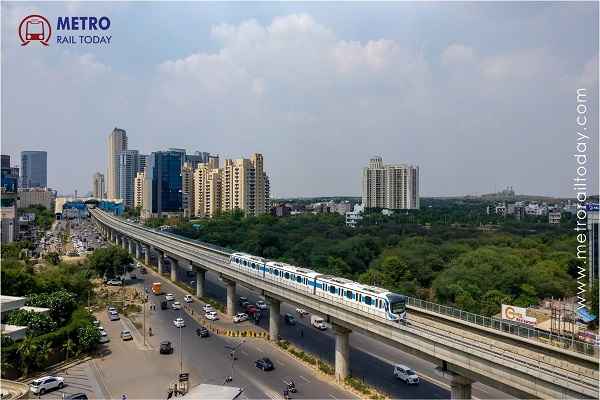 GMRL to take over Gurugram Rapid Metro Operations from DMRC
GMRL to take over Gurugram Rapid Metro Operations from DMRC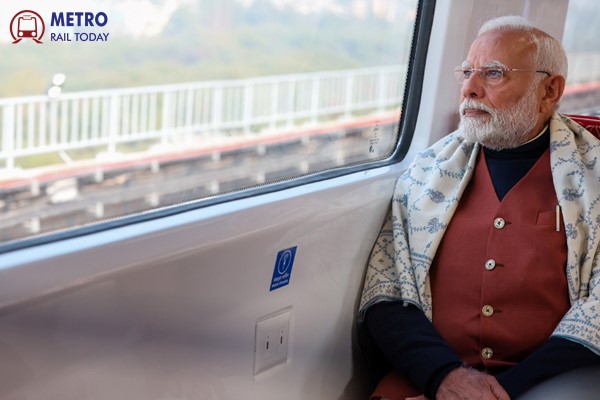 Under Narendra Modi's Leadership: The Transformative Journey of India's Metro and Rail Network
Under Narendra Modi's Leadership: The Transformative Journey of India's Metro and Rail Network Kochi Metro bags contract to prepare DPR for Mumbai Water Metro Project
Kochi Metro bags contract to prepare DPR for Mumbai Water Metro Project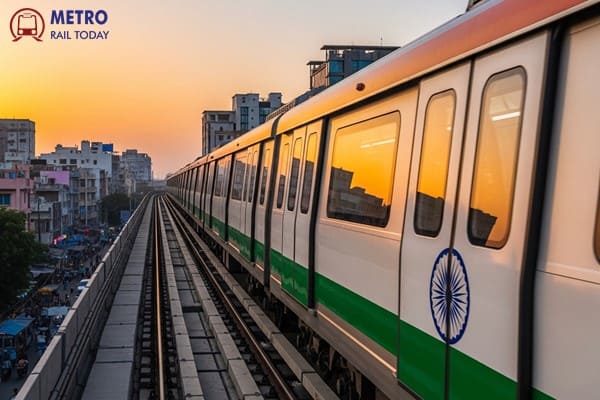 Six Firms Bid for first Civil Work Contract of Thane Metro Rail Project
Six Firms Bid for first Civil Work Contract of Thane Metro Rail Project Kineco Group acquires UK-Based TRB Lightweight Structures to bolster Global Rail Interiors Business
Kineco Group acquires UK-Based TRB Lightweight Structures to bolster Global Rail Interiors Business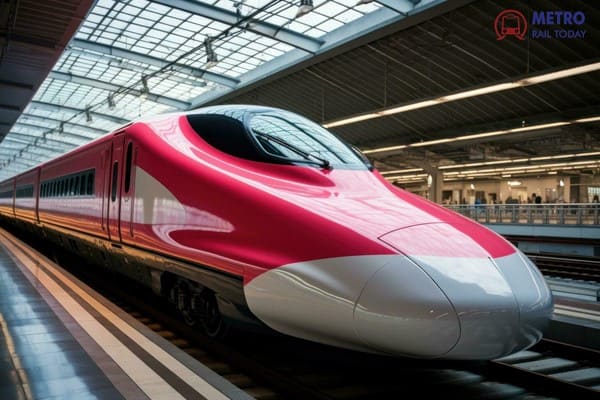 BEML partners with Knorr-Bremse to equip India’s First High-Speed Trains
BEML partners with Knorr-Bremse to equip India’s First High-Speed Trains
Chandigarh Metro cost jumps to ₹25,000 crore amid project execution delays

Chandigarh, India (Metro Rail Today): The estimated cost of the long-pending Tricity Metro project has surged to ₹24,999 crore, up from ₹23,263 crore in February 2025, as the Union Territory administration continues to delay a final decision on the mass transit proposal. The steep ₹1,737 crore increase in just seven months has raised alarm among planners and public representatives, who fear that further inaction could push the cost to ₹28,000–30,000 crore by the time the Detailed Project Report (DPR) is finalised.
The issue was highlighted during a Transport Standing Committee meeting of the Administrator’s Advisory Council, chaired by Vijay Pal, AAP’s state president for Chandigarh, earlier this week.
During the meeting, the Rail India Technical and Economic Service (RITES) delivered a presentation advocating for a full-fledged metro system as the most effective and sustainable Mass Rapid Transit System (MRTS) for the Chandigarh–Mohali–Panchkula urban agglomeration.
According to RITES, the Metro will:
-
Significantly reduce road traffic congestion
-
Lower the rate of vehicular accidents
-
Cut urban air pollution
-
Ensure long-term cost savings in fuel and time
However, RITES warned that continued indecision by authorities is rapidly escalating the capital expenditure.
Cost Breakdown: Major Heads of Expenditure
The current projected cost of ₹25,000 crore includes the following components:
| Category | Estimated Cost (₹ Crore) |
|---|---|
| Alignment & Formation | ₹6,256 |
| Station Buildings | ₹4,941 |
| Traction & Power Supply | ₹1,598 |
| Signaling & Telecommunications | ₹1,523 |
| Rolling Stock | ₹1,264 |
| Permanent Way (Mainline & Depots) | ₹874 |
| Maintenance Depots | ₹559 |
RITES also cautioned that inflation, land acquisition delays, and approvals could further push costs above ₹30,000 crore if the project continues to remain in limbo.
Financial Viability: Mixed Outlook
From a policy compliance perspective, the project fares well. The Economic Internal Rate of Return (EIRR) has been calculated at 16.7%, exceeding the 14% benchmark under the Metro Rail Policy, 2017, making it economically viable.
However, the Financial Internal Rate of Return (FIRR)—which measures return on investment without land costs—was pegged at just 4%, raising eyebrows among committee members and calling into question the commercial sustainability of the project.
Mrs. Mamta Shah, MD & CEO of Urban Infra Group, commented:
“This is a classic case where economic benefits are strong, but financial returns appear weak in isolation. Urban metro systems often yield intangible long-term value in mobility, environment, and productivity that can't be captured by FIRR alone.”
What’s at Stake?
The Tricity Metro is expected to:
-
Span 70+ kilometers across Chandigarh, Mohali (Punjab) and Panchkula (Haryana)
-
Connect key zones like PGIMER, Chandigarh Railway Station, ISBTs, IT Park, Panchkula Sector 20, Mohali Airport Road, and Aerocity
-
Boost real estate and economic growth along the alignment
Yet, bureaucratic inertia continues to delay final approvals for the DPR, which is awaiting sign-off from stakeholders including the UT Administration, Punjab Government, and Haryana Government, before it can be submitted to the Ministry of Housing and Urban Affairs (MoHUA) for central funding clearance.
As costs escalate and economic benefits remain evident, the Tricity Metro project sits at a crossroads. The longer the delay in decision-making, the higher the financial burden for governments and taxpayers. With rapid urbanisation and worsening traffic congestion across Chandigarh, Mohali, and Panchkula, stakeholders may soon have no choice but to act decisively—or risk losing the region’s most viable mobility solution to administrative inertia.
